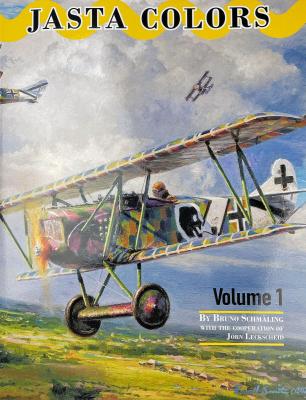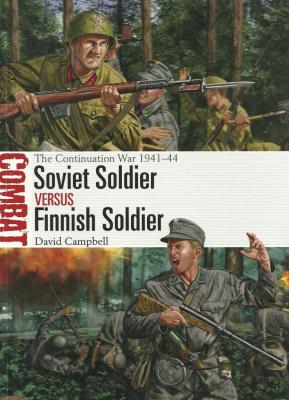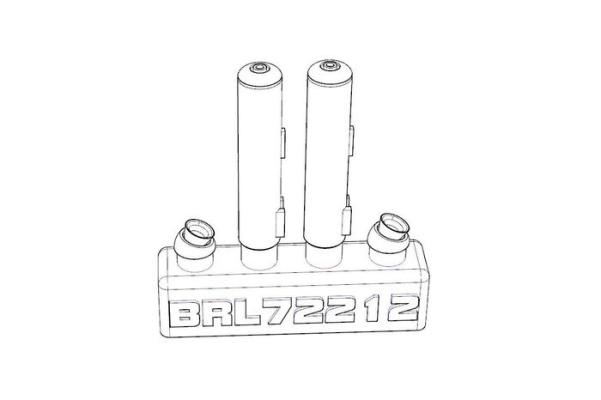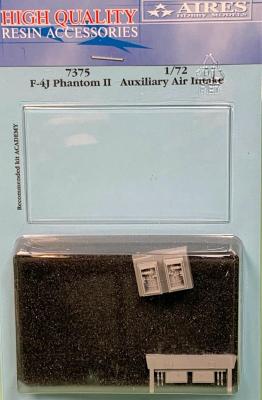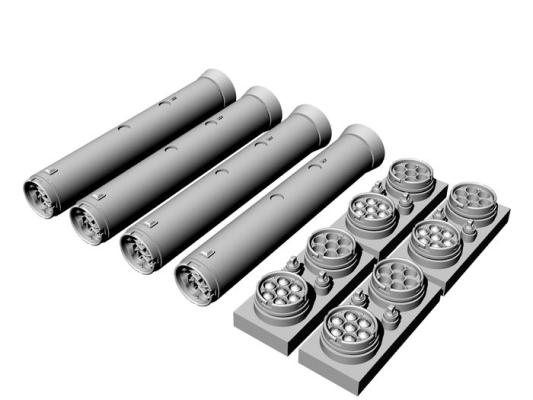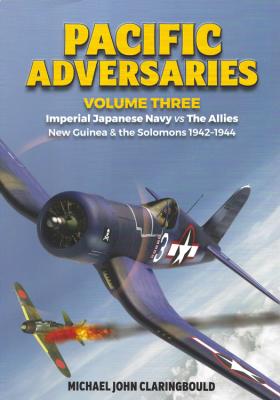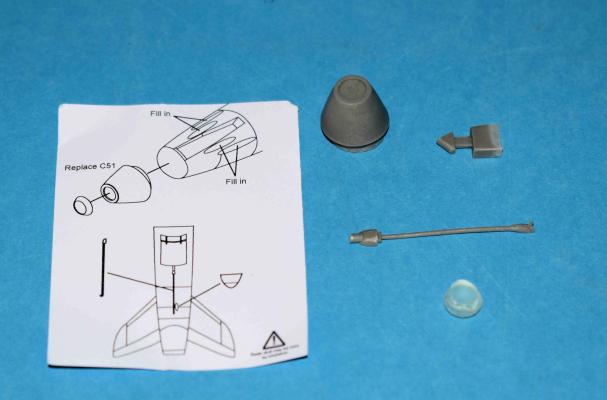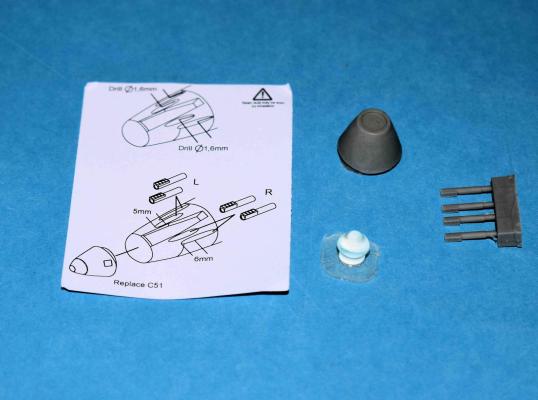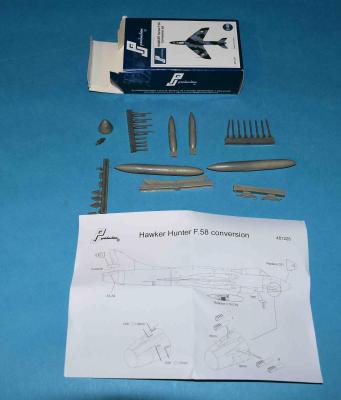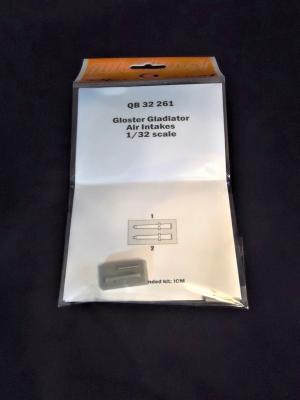This first volume of a multi-volume set is going to excite a lot of people. In addition to the photos and color plates of these aircraft, historic documents such as flight rosters, vintage newspaper clippings, hand-drawn sketches and flight line photos are included in this highly visual presentation of German WWI aircraft markings.
What's New
Osprey Publishing continues to expand its “Combat” line, this time with an installment of the Soviet Soldier vs Finnish Soldier during the so-called “Continuation War”, which lasted from 1941 to 1944.
This conflict started a few days after the German invasion of the Soviet Union, when Finland attempted to regain territories lost during the Winter War of 1940. Shortly after the fast advance of the Finnish Army, the military actions turned into trench warfare, with front lines mostly stable until the Soviet Army launched an offensive in 1944, in which the Finnish stopped the Soviet advance but were forced to seek an armistice and switch sides.
When the A-4B Skyhawk was designed, provisions were made for it to use RATO rockets to give it a short deck-run launch (if carrier’s catapults were unavailable for any reason). One RATO bottle could be mounted on each speed brake giving an additional 9,000 lbs. of thrust for five seconds. The bottles were fired electrically and upon burnout were jettisoned hydraulically from the cockpit. While this capability was never used by the US Navy, in Vietnam, the Marines took advantage of this capability when launching A-4s from short airfields.
This set provides replacement parts for the auxiliary air intakes and associate doors for Academy’s recent 1/72 F-4J kit. The set includes replacement bays for each side, replacing the single part provided in the kit. The set also includes replacement doors and actuators for the doors, again replacing the somewhat simplified kit parts.
The LAU-131 is a seven shot rocket pod commonly used on USAF fighter, attack and rotary wing aircraft. A variety of rockets can be caried in this pod including the Hydra 70 rocket. This set is for the original LAU-131A which is shorter than the extended version LAU-131A/A that can carry APKWS II.
Packaged in a sturdy plastic box, resin is protected by bubble wrap with all parts flash free and cast in light gray resin. A nice touch is the pour block on the pod is on the underside opposite the side on where it connects to the pylon. This makes it easy to remove that portion and sand contour without damaging features.
This is the third installment of Claringbould’s accounts of aerial combat between Japanese and Allied air forces. Volume 3 continues with accounts of Japanese Naval Air Force operations in the Solomons and New Guinea from 1942 to 1944 against Allied forces - USN, USAAF, Australian and New Zealand. Everything that I wrote previously about Vol. 2 applies here regarding the author’s approach to documenting both side’s account of individual actions by researching official records, eyewitness testimony, personal narratives and diaries, and often evidence obtained from recently discovered wreckage.
PJ Productions from Belgium continues with their simple conversions allows the Airfix F.6 to become a GA.11 single-seat training version for the Royal Navy. Looking around the Internet, there were 40 GA.11 airframes converted by adding an arrester hook, adding a Harley light to the nose and eliminating the guns. The starting kit is the Airfix Hunter F.6. I am sure the Academy F.6 could also possibly work.
This simple conversion from PJ Productions in Belgium allows the Airfix F.6 to become a FR.10 reconnaissance version. Looking around the Internet, it looks like the FR.10 is a single-seat reconnaissance version with 33 made of rebuilt F.6 airframes. The starting kit is the Airfix Hunter F.6. I am sure the Academy F.6 could also possibly work.
One of the latest conversions from PJ Productions in Belgium is the set to convert the Airfix 1/48th Hawker Hunter F.6 to a F.58 which is the export version for Switzerland. A total of 88 were built and 12 converted for an even 100 airframes. Changes addressed by this conversion include a new nose to the aircraft, under wing rocket option, Side blister under the cockpit, change to tail fairing, fuel tanks and various antennas. All this comes from 34 resin parts which are very well cast. There are no decals for the markings and those will need supplied elsewhere.
ICM’s Gloster Gladiator series in 1/32nd have to be one of the most anticipated kits of the year, and having built all of them (so far) I can honestly say they are a delight and a wonderful addition to my collection. However, the small air intakes associated with the detailed engine build were a bit of a trial. Consisting of three parts each, they were a fiddly assembly and due to the nature of the sprue attachments, it was all too easy to damage the thin nozzle rim on removal (I speak from experience).

